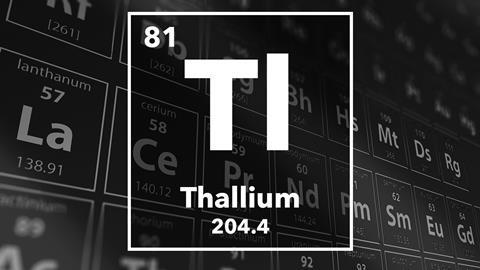TOXIC SUBSTANCES

Image Source Here
Hello!
My name is Kushi Singh, I’m currently pursuing a Master’s in Translational Pharmacology at Ohio State University. I’ve created this blog to help readers learn a little more about the toxic effects chemicals can have. We are constantly surrounded by toxic substances in our day to day lives so it’s good to know the effects it has on our body as well as the environment. There are four different classes of substances I will be focusing on, pesticides, solvents, metals, and plants. Below I’ve provided a brief introduction to the types of substances I will be focusing on.
Pesticides: DDT and Analogs
DDT (Dichlorodiphenyltrichloroethane) is an insecticide that helps fight against malaria, typhus, and another insect-borne human disease. Unfortunately due to its negative side effects on human health and wildlife, the EPA banned DDT the year of 1972.
Solvents: Chloroform
Image from World Of Molecules
Chloroform was first produced by combining ethanol (whiskey) and chlorinated lime (calcium hypochlorite). It was used during the American CivilWar for surgical anesthesia. It is now used in pesticide formulation, as a solvent chemical intermediate but also has anesthetic properties.
Metals: Thallium
Image Source here
Thallium is a malleable heavy metal, it is produced or used in power plants, cement factories, and smelters. Thallium exists in two chemical states (thallous and thallic). Thallium was once used as a rodenticide but is now banned due to causing potential harm to humans. Although some people can still be exposed to thallium from water, air, and food.
Plants: Mistletoe

Image from Google
Mistletoes are often remembered during Christmas time for their romantic gestures. What most people don’t know is that the plant mistletoe is actually a poisonous, semi-parasitic plant. It penetrates that branch of a tree or shrub and absorbed the water and nutrients from the host plant. Mistletoes are also used as a treatment for many diseases, as they have shown to have antioxidants, anticancer, anti-inflammatory, and antibacterial properties.
To learn more about these toxic substances, just click on the page and start reading. There you will be able to gain more information on their mechanism of action, signs and symptoms as well as treatment.
